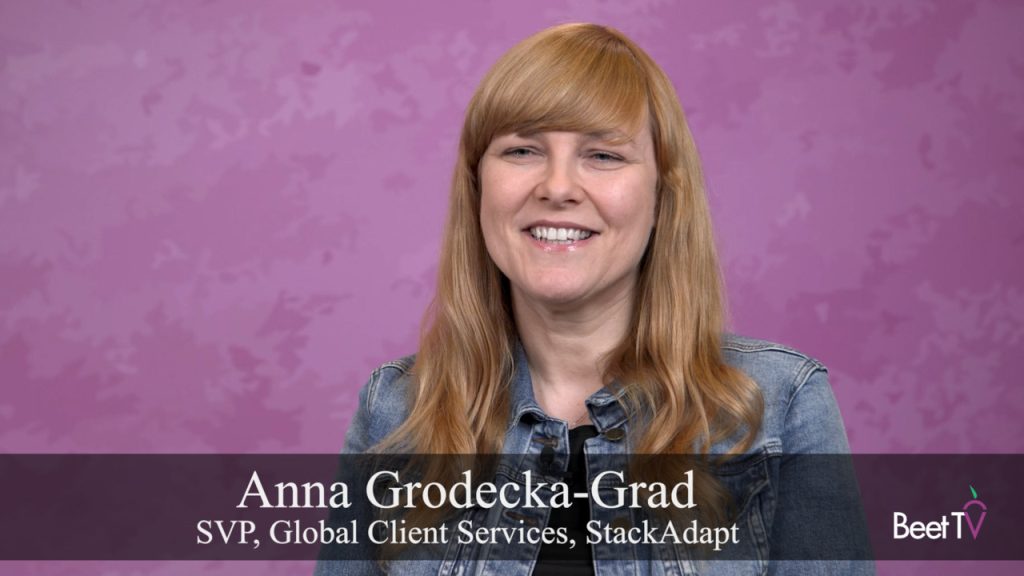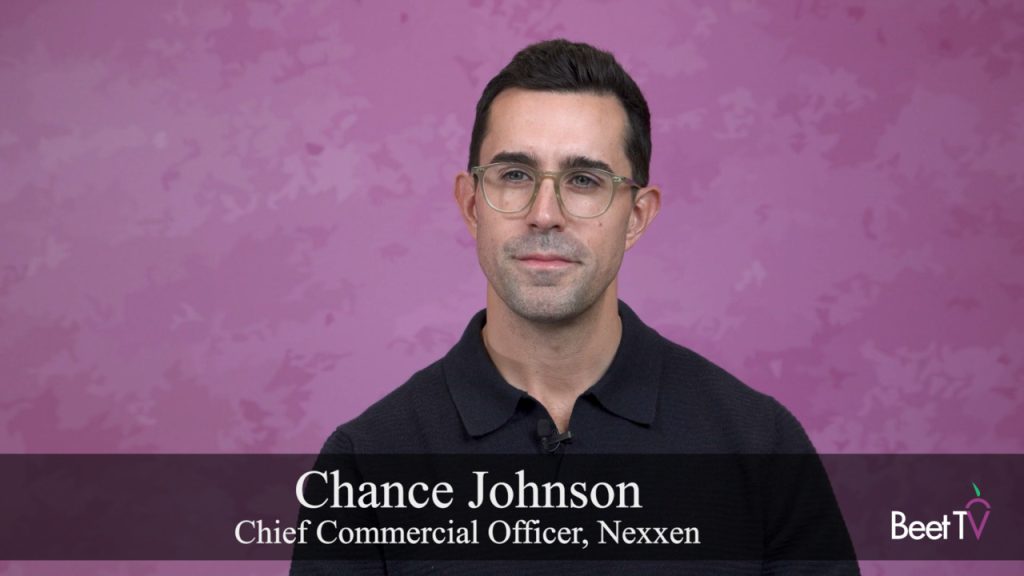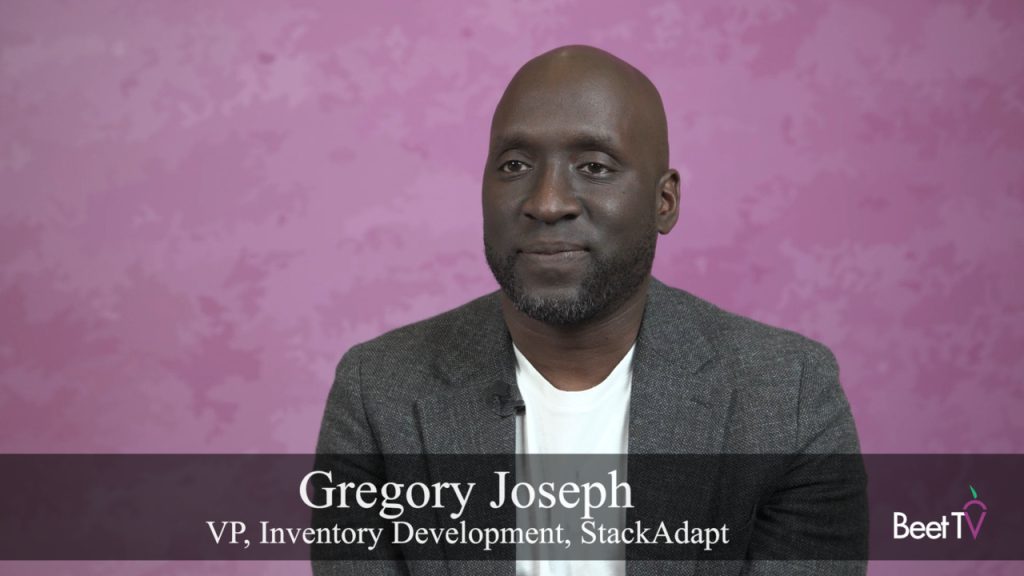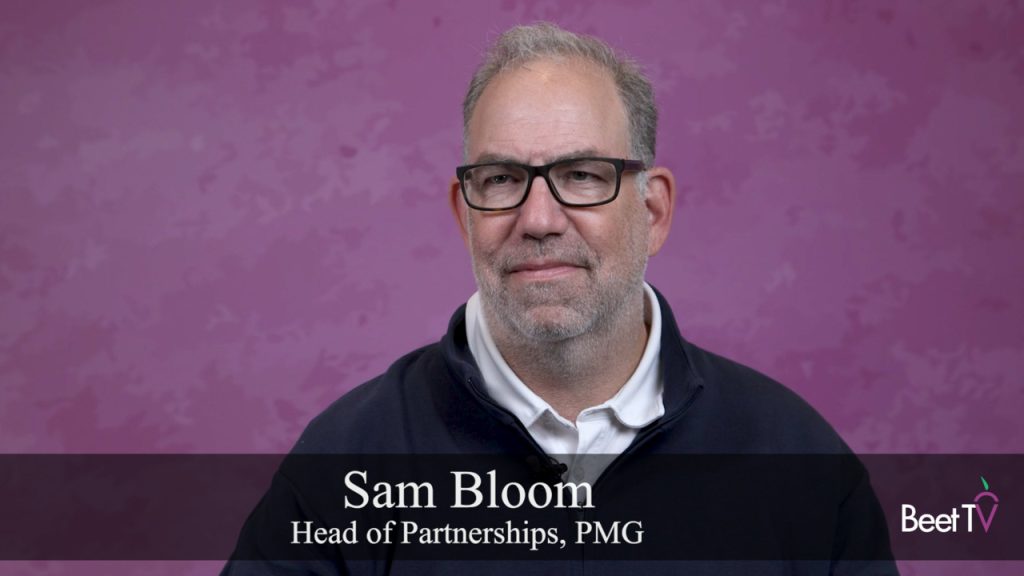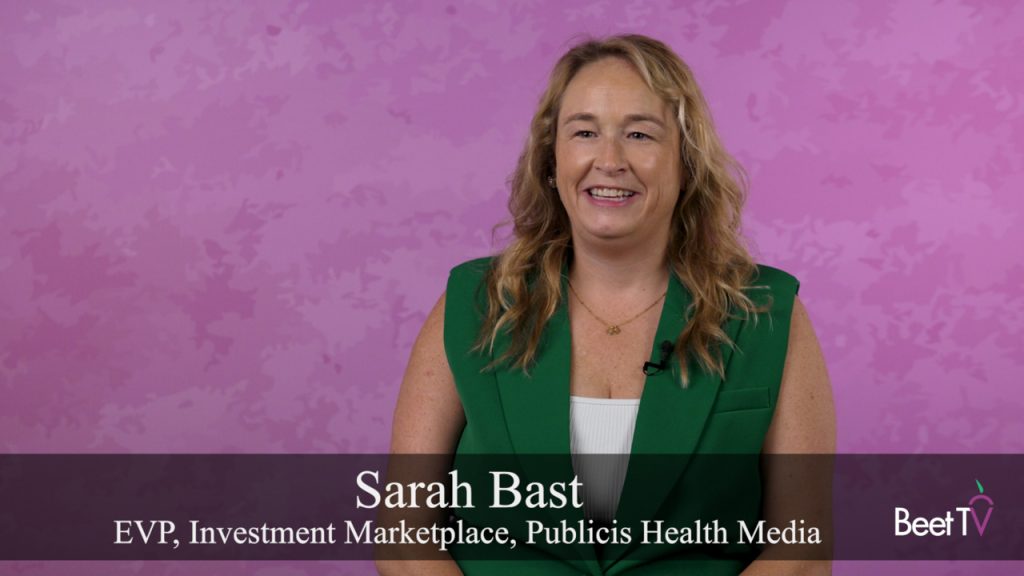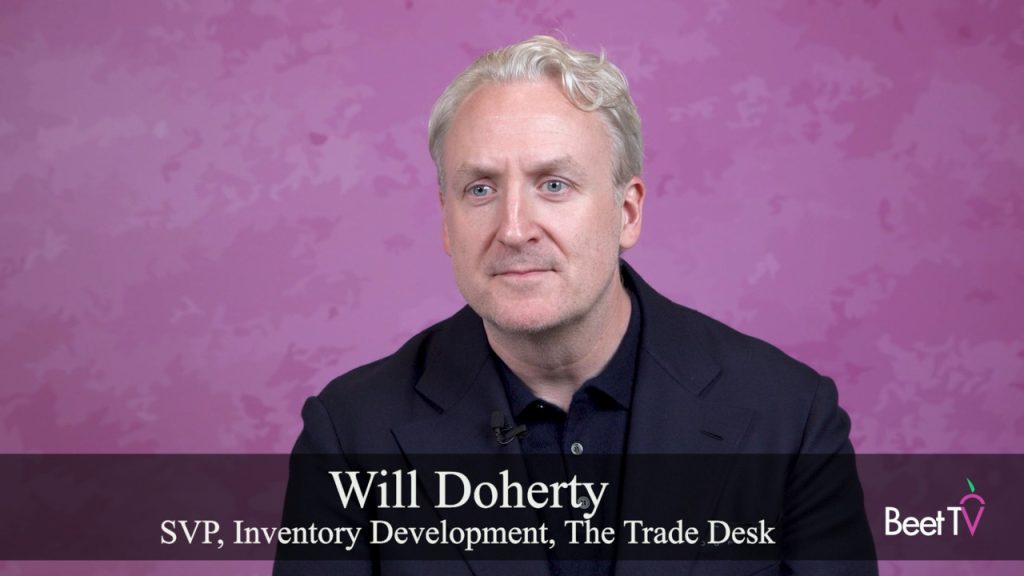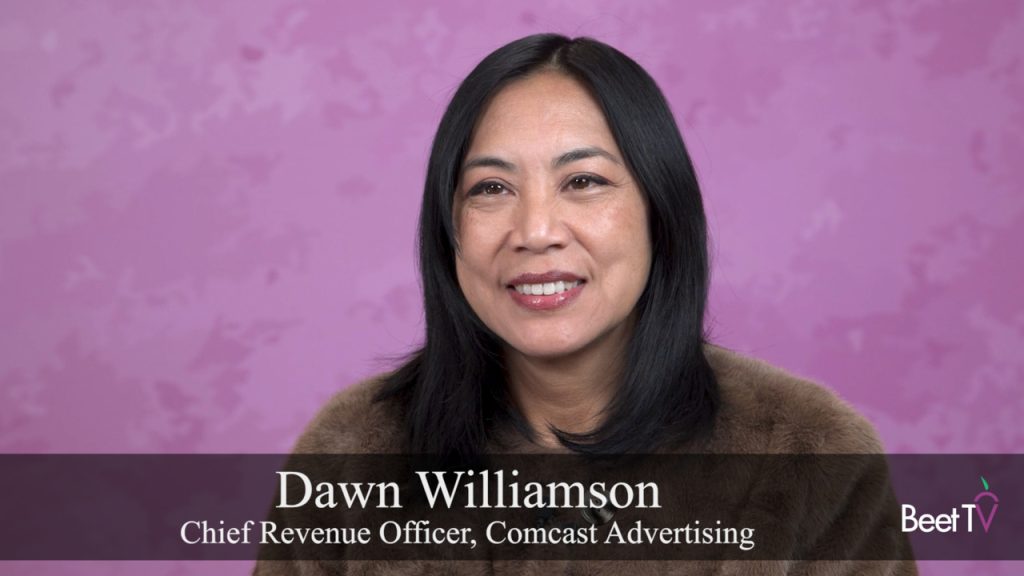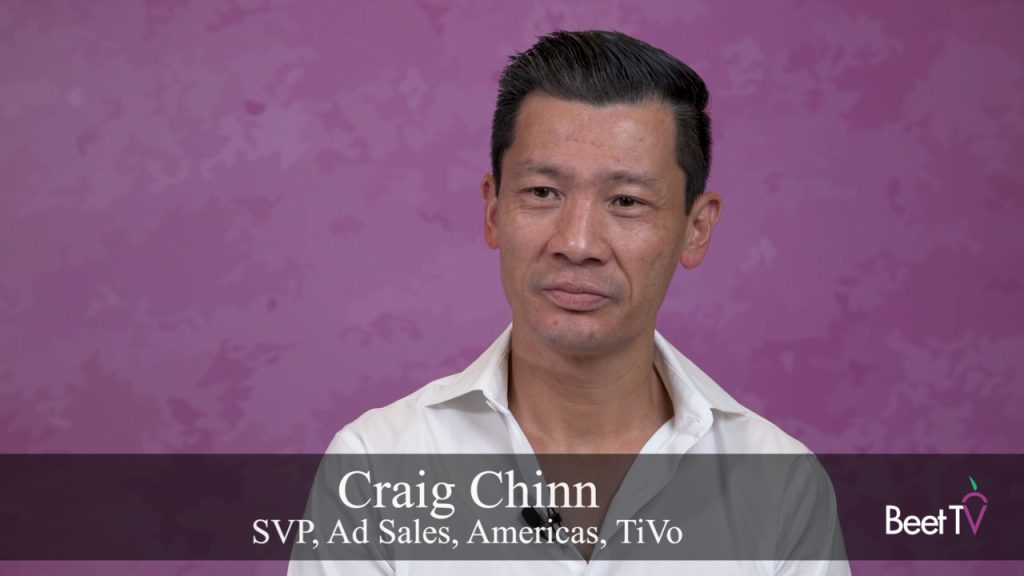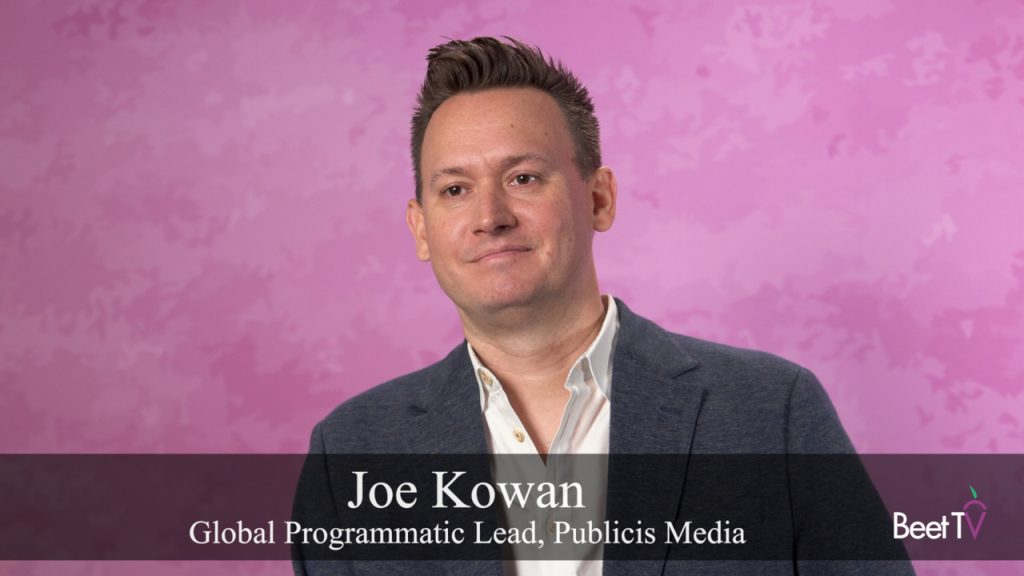
While many video publishers seek the widest possible distribution of their videos through an embeddable player and Media RSS, some, like HealthiNation and Virgin Media, are using a syndicated player which is placed on specific sites.
Controlling the "off domain" strategy is important for many publishers: Some are cautioned about where their videos will appear, often reflecting the concern of advertisers. For others there are rights issues with their content.
Others, like msnbc.com, are seeking to monetize their embeddable player with subtle advertising — not the more lucrative pre-roll advertising. Charlie Tillinghast, president and publisher of msnbc, explained this to me last week.
Last week in New York, after the Beet.TV Online Video Roundtable, I sat down with Bob Mason, co-founder and CTO of Brightcove. We spoke about this emerging syndication strategy.
Today, Brightcove announced a deal with Virgin Media TV to manage video publishing and syndication.
Andy Plesser, Executive Producer
Disclaimer: Brightcove is a sponsor of Beet.TV
Video Transcript
Andy Plesser: You mentioned the syndication scenario where you sort of create a custom player or a Brightcove player and it's placed in different places. What is that approach as opposed to what people generally understand as an embeddable player?
Bob Mason: Well with a traditional embeddable player, people really think about viral syndication where a consumer sort of takes the video and embeds it maybe in their personal blog or MySpace page or something to that effect. What we've found is a really effective strategy for content owners is for them to build sort of trusted relationships with distributers–be it very large portals like AOL Video or niche websites that have a really valuable audience. For them to build that relationship with them and to package specific content that they deliver, you know, through a platform like Brightcove, directly through those websites. That really becomes a safe environment for them to build audience off of their own web properties.
Andy Plesser: What do you tell video producers about search optimization, discoverability? What is some of the advice you give?
Bob Mason: Um, the important thing is to have metadata embedded in your webpage itself and to have that video content be contextually linked in lots of different places. So, for example, the New York Times had done a really effective job where they'll use the same video asset embedded within an article page and then also make it be available in their video portal. So based on how the end-user is sort of thinking about their day, they may be searching on a topic, find the information about the text content in the article and happen to find a video and they get cross-promoted into other video content or maybe they just go to the New York Times and they want to watch the latest video news. So they go to that portal and get linked into articles. So that flow around content is really important to consider.







